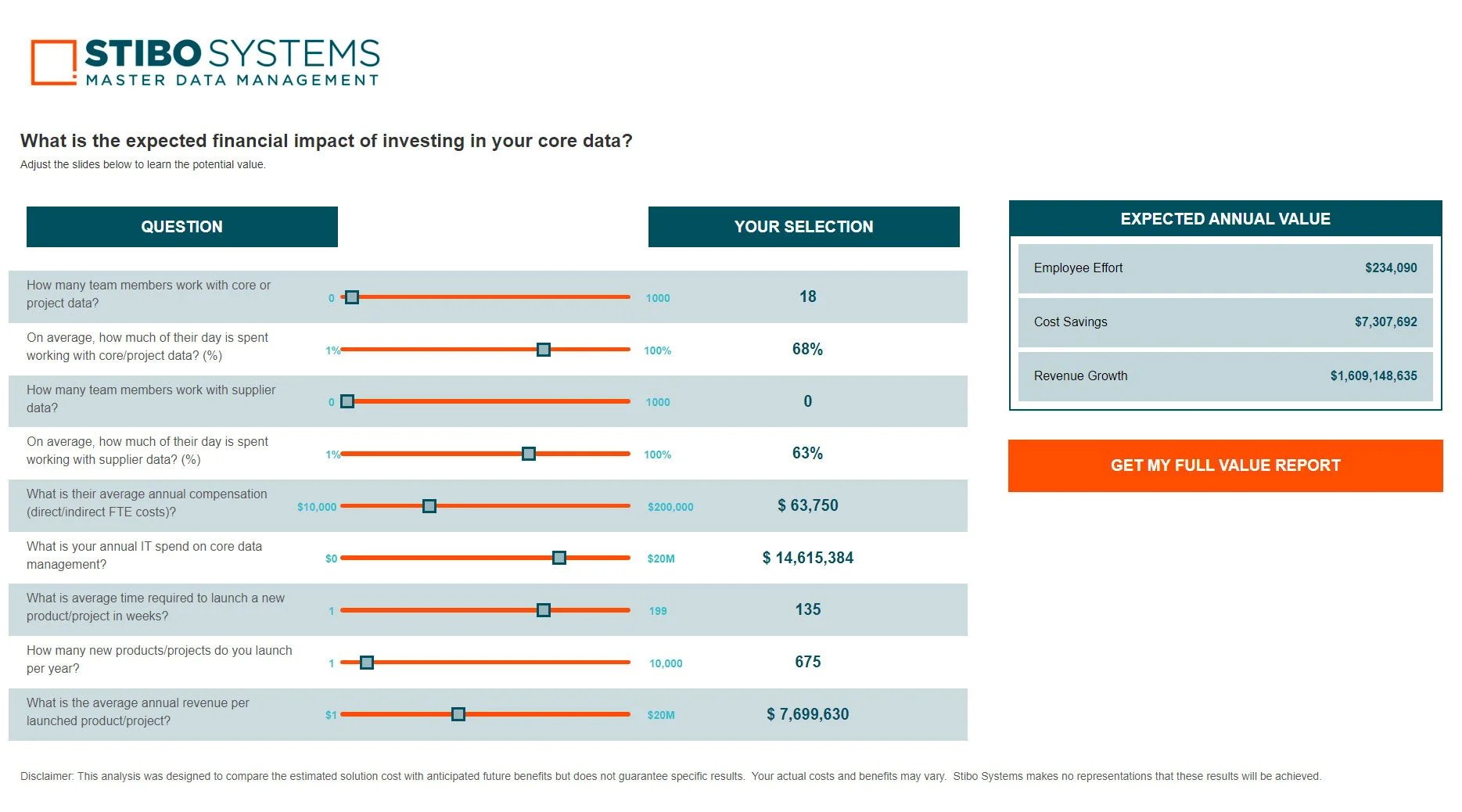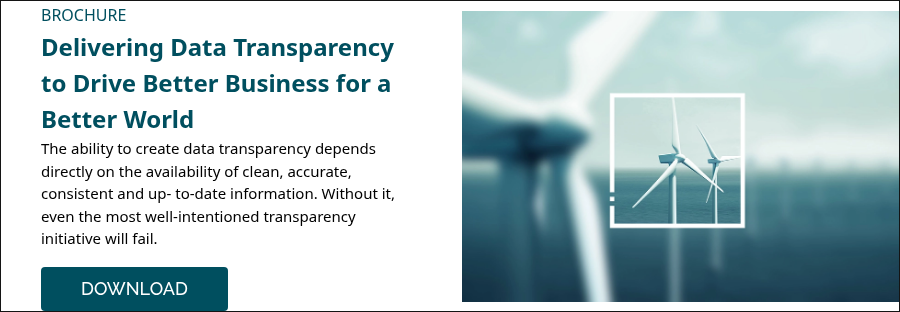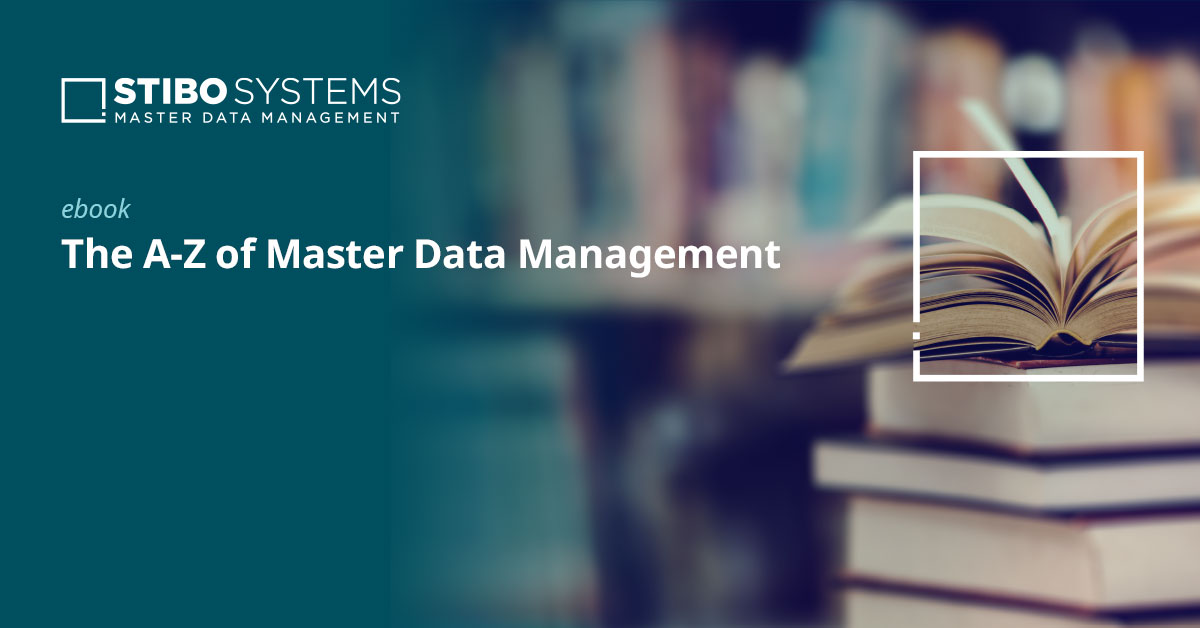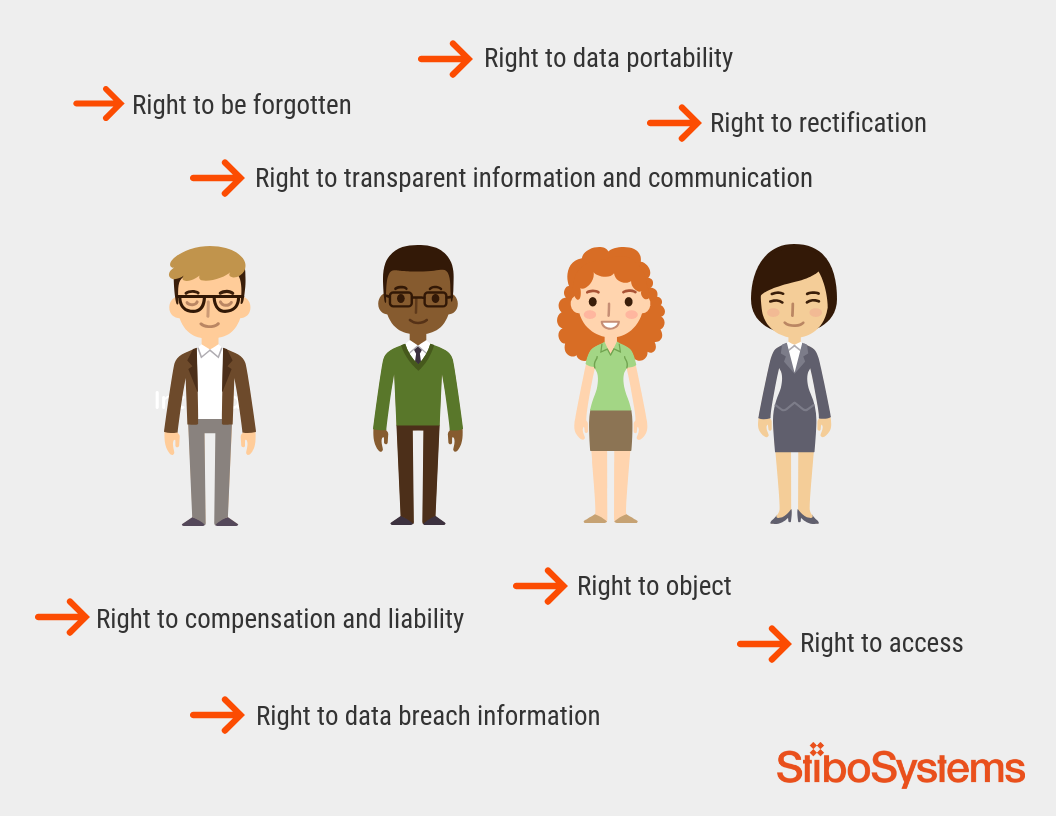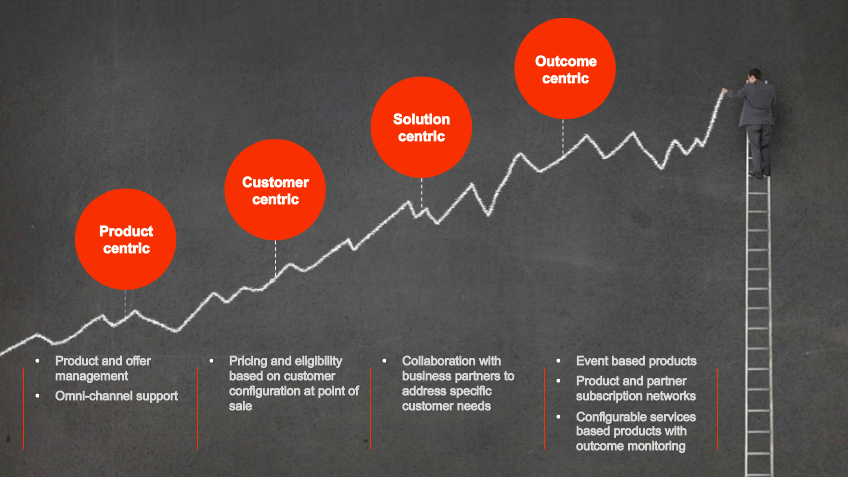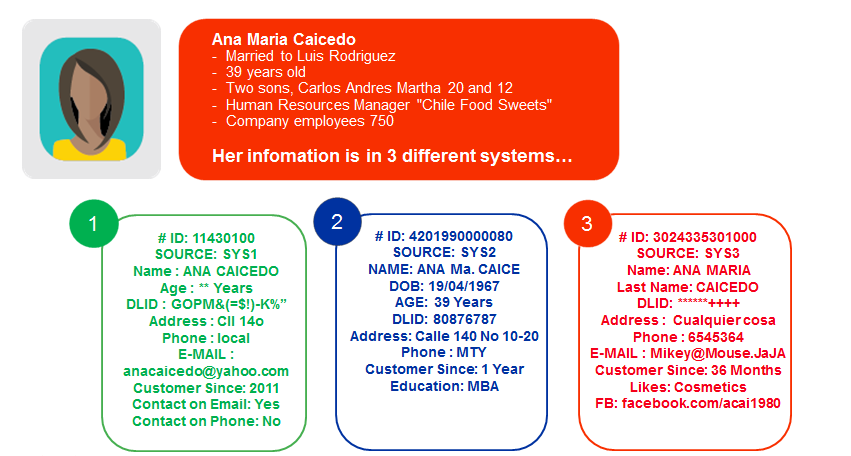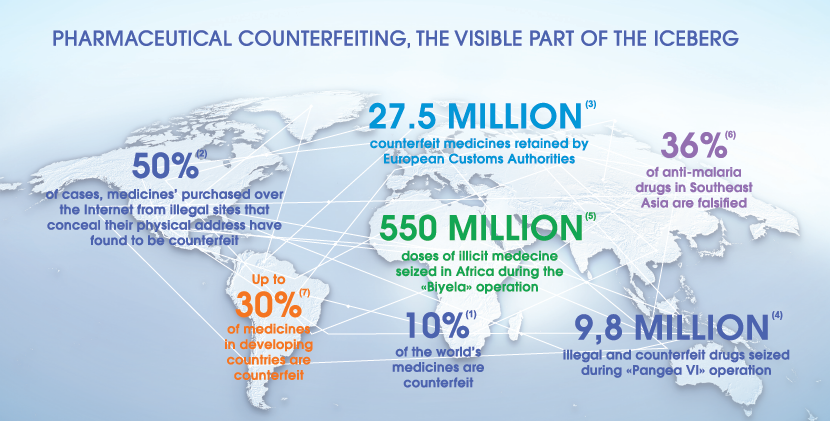In a business context, democratizing data means to make data (and derived analytics and insights) available to all layers of an organization and its business ecosystem, across departmental boundaries.
While this sounds sensible, delivering on the concept can be challenging. Historically, in most companies, data has been stored, analyzed and used on a departmental basis. Although, many say: “Yes, we do share data internally,” in reality, each department or division retains control and visibility of the data, often leading to siloed decision making.

The good news is, there is a shift in mindsets going on. As data continues to grow and flow at a rapid pace, stakeholders need to make better, more qualified decisions based on data from across the enterprise. Outdated data handling processes, compounded by different, complex and tightly regulated data analysis tools, pose severe limitations for business leaders who need to make decisions based on a unified and single version of the truth across the enterprise.
Democratizing data is only possible if data is transparent. That includes its quality and sources, how it is shared and used, and who is accountable for the data quality as well as for the interpretation of the data.
Challenges of unlocking siloed data
Democratization of data is quickly emerging as a means to overcoming the problem of complexity and lack of visibility, and not a moment too soon. New technologies are generating even larger and varied data sets; e.g., from the IoT (Internet of Things), AI (artificial intelligence) or ML (machine learning), adding further complexity to the democratization process. To be truly valuable, all this data must retain clear definitions, ownership and quality. Unlocking the accessibility and applicability of data is a key issue faced by many companies, and those that fail to effectively apply data science to derive value from their data may be putting themselves at a significant competitive disadvantage.
Extracting value also poses a major data governance challenge, as companies must strike a balance between deriving insights from borderless data sets and maintaining data privacy and security. There is constant concern of sensitive business data falling into the wrong hands or of publishing data that isn’t ready according to its state in the data lifecycle. For these and many other reasons, most businesses do not want to risk providing wider access to their business-critical data assets. This often results in a “do nothing” state of inertia that hampers innovation, discovery and business growth.
The data scientist’s conundrum
The solution to such problems has typically been to turn to employees with data science skills, such as enterprise data architects, to oversee and secure the flow of data between systems, either using an ESB (Enterprise Service Bus), the rise of headless applications or via a growing amount of APIs. This leads many organizations to continue to relegate data science-driven knowledge to a small number of employees and does little towards providing a scalable solution to the problem. Especially as the volume and velocity of data continues to grow.
Relegating data knowledge to a handful of people is problematic on many other levels. Data scientists in such organizations find it frustrating because it’s hard for them to communicate their findings to colleagues who lack basic data literacy. Business stakeholders are unhappy because data requests take too long to fulfill and often fail to answer critical questions. In some cases, because the requestor failed to explain the question properly to the data scientist in the first place.
Democratizing data without losing control
While these challenges may seem simple, the implications can be very serious, leading to inefficient operational processes, restrictions on the ability to build existing revenue streams or slower responses to market disruptions, for example the impact of the current pandemic.
The key is to put technologies and delivery methods in place that enable effective democratization of data in a way that last-generation approaches such as data warehouses failed to do, meeting the increasingly pressing need for faster time to value. This often means prioritizing fast, high-quality data over the more amorphous concept, big data. It also creates an opportunity for IT and data leaders to address this challenge by positioning themselves as a data broker, so they can empower end users with business-centric platforms and platform-based services, including
-
Tools that manage data quality, accuracy and accessibility services, such as master data management (MDM), shifting away from a single-schema approach with its inevitable compromises and instead moving toward a data governance-enabling approach that makes the data trusted and accessible across the enterprise
-
Enterprise-wide solutions that seamlessly integrate and manage a wide variety of data from across different domains and external sources, creating one, centralized digital business hub – a hub of hubs.
-
Platform consumption by end users as a cloud-based service, which includes infrastructure, capacity, identity management, etc.
-
Embedded analytics platforms (EAP) that enable end users (who often lack access to more complex BI tools) to quickly analyze data to aid decision-making, without burdening data science teams.
While delivering on solutions like these is not common everywhere, there are many examples of companies that have used this approach to upend entire industries. Airbnb, where it is often said that “data is the voice of our customers,” presents an excellent example of an organization where democratizing data is intrinsic to the success of its business model. Others, such as McDonalds, are benefitting from democratized data, by working with suppliers to improve data transparency, delivering trusted ingredient information which they roll up and present to customers within their restaurants.
Data governance and MDM: the foundation of a data democracy
Balance is essential when determining where to place borders in the world of data democracy. As scale, complexity, availability and data transparency increase, so do the challenges associated with maintaining data quality. Data profiling carried out to determine anomalies, inconsistencies and redundancies in content, structure and relationships helps fix challenges and to maintain relevant versions at the source. Defining data quality capability and roadmap through appropriate business rules and key performance indicators is the first step toward enabling the clear vision of data through all phases of data management. Such a strategy will prove to be the next frontier of competitive advantage facilitating democratization of data.
Ultimately, democratizing data means that everybody that needs transparent access to data, and tools to extract value from it, can get it, without having to constantly go through gatekeepers which creates bottlenecks that slow innovation and growth. It requires that you accompany the access with a system that provides oversight and governance to be sure the data is used in compliance with organizational and regulatory controls and to keep that information accurate and up-to-date; and it requires an easy way for people to analyze and understand the data so that they can use it to expedite decision-making and uncover opportunities for the organization. The goal is to enable anybody to use data at any time across the business ecosystem to make decisions without unnecessary barriers to access or understanding.
As noted, master data management plays a critical role in putting the foundation for a data democracy in place. The process takes careful planning and implementation but once it takes hold, there is no stopping the potential power it brings to users across every imaginable discipline or industry.
Access to accurate trustworthy data has always been essential to business success. Today, companies are driving greater revenue and growth by opening that access to everyone that needs it across the enterprise business ecosystem. Learn more about the value of democratizing data and creating data transparency.

